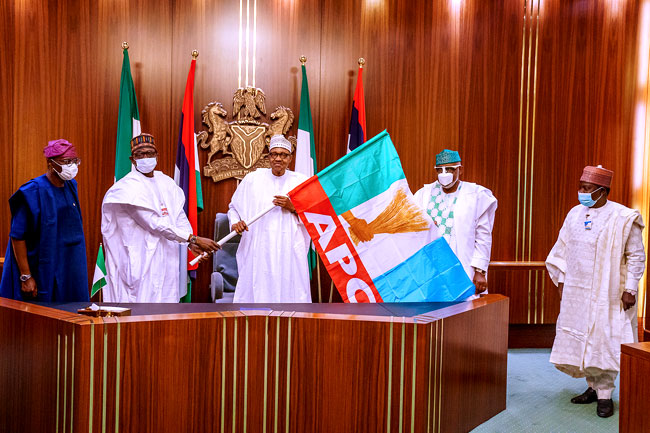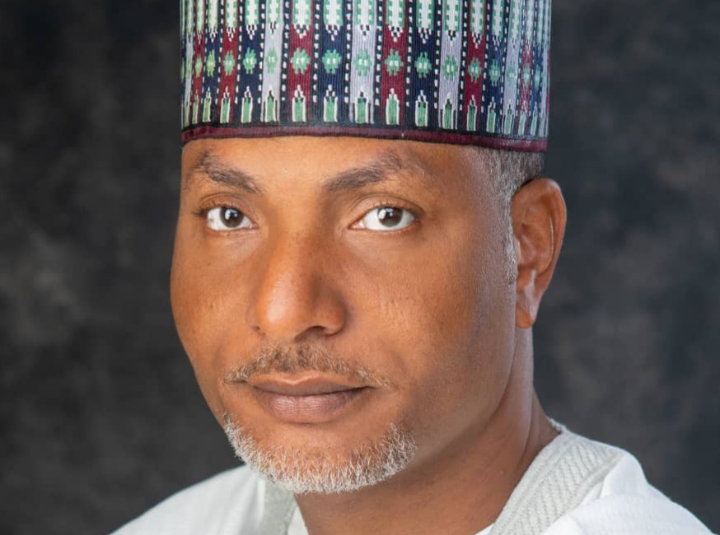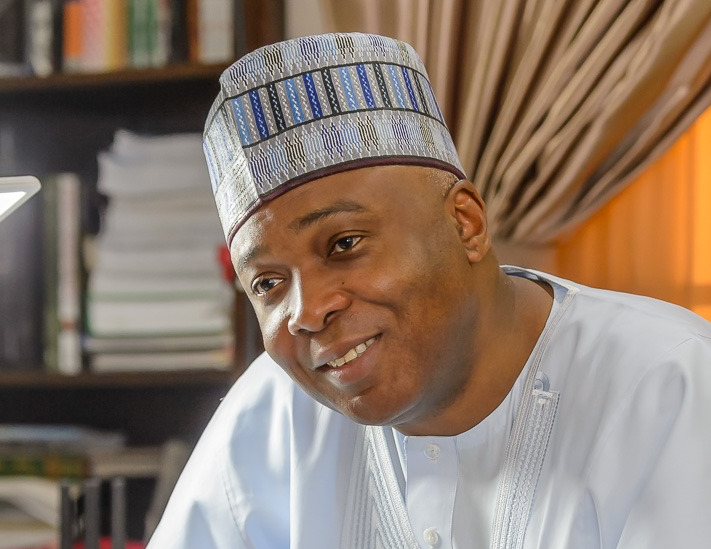BY NKEM AGUNWA
Misinformation and disinformation are arguably as old as humanity. The popular myth that bats are blind is scientifically inaccurate, and thus a misinformation. Research has proven that Bats are anything but blind. They see in black and white and at night they have the potential to see even better than humans. The introduction of information technology particularly social media has undoubtedly magnified the impact of mis/disinformation. It has opened up the space for an exponential spread of unchecked information at lightning speed thereby challenging truth and reality, stirring division and conflict, breeding a skeptical public, threatening democracies and contributing to human rights violations.
Mis/disinformation in Africa
The toxic polarisation of recent elections across the world and the rapid spread of false information about the COVID 19 virus have demonstrated the harmful potential of mis/disinformation. People have lost loved ones, experienced severe health complications, been excluded, ostracised, attacked, harassed and discriminated against as a result of the proliferation of mis/disinformation.
Advertisement
In Nigeria, there was the pervading belief that Nigerians were immune to the COVID-19 virus. This originated from the false belief that Blacks possess a natural protective response to SARS-CoV-2. Furthermore, the hysteria around hydroxychloroquine as a cure for COVID-19 resulting from the unsubstantiated claim in the viral video by the Nigerian trained US physician Dr. Stella Emmanuel, led to panic purchase and stockpiling of the drug. Despite extensive media coverage to debunk these claims, people relied on this misleading information resulting in chloroquine poisoning and refusal to comply with COVID-19 protocols thereby increasing the risk exposure to the virus. Also, the conspiracy theory that 5G is linked to the virus led to widespread panic and attack on 5G infrastructures in countries like South Africa.
In the aftermath of the 2017 general elections in Kenya, mis/disinformation played a significant role in escalating the post-election violence in the country. The opposition coalition claimed that 100 people had been killed by police officers while official reports from the Kenya National Commission on Human Rights placed the death toll at 24. This contributed to the heightened political tension in the country.
Countries from across Africa are actively pushing back against mis/disinformation. Individuals and groups from across the continents have launched campaigns to counter myths around the COVID-19 virus and dispel misleading narratives. An interesting example is Sarah Dawns, a South African also known as Mistress of Science who fights medical misinformation on social media. The Centre for Disease Control in most African countries provides frequent updates on the number of confirmed cases, successful treatment and deaths related to the virus in their respective countries. Fojo and Pax Press along with AfricaCheck are building the capacity of journalists in Rwanda on fact checking, verification and cyber security. These are timely and innovative efforts on the continent that help fight mis/disinformation. However, the growing number of mobile phone users on the continent, coupled with the declining trust in mainstream media and the widespread use of encrypted messaging applications like WhatsApp, make these interventions grossly insufficient to surmount the evident challenge. Furthermore, research shows a high exposure to perceived misinformation in some African countries and a heightened propensity of citizens to intentionally share false information.
Advertisement
Layers of Bias
What motivates people to share misleading information? The spread of misinformation plays to the natural instinct of humans to gravitate towards information that is familiar and aligns with preexisting beliefs. This sometimes shows up in the form of bias, which is influenced by our experiences, education, values and preferences among other factors that shape our world view.
A 2018 study on the spread of true and false news online found that false news spreads significantly farther, faster, deeper, and more broadly than the truth by a substantial margin. Evidently, bots share the digital space with humans and are programmed to disseminate inaccurate news. In this particular study, when all bots were removed from the dataset, the differences between the spread of false and true news remained the same – lending credence to the hypothesis that humans, not bots, propel the spread of misinformation.
Advertisement
The Internet has presented a plethora of information sources projecting news stories in nanoseconds, all competing for the attention of the user. This creates information overload that makes it impossible for the user to effectively assimilate the multiplicity of online content. In order to make sense of it, the human brain develops heuristic techniques that help it make quick and effective analysis of information. Unfortunately, these techniques are laced with layers of bias that make the user vulnerable to mis/disinformation and provide a fertile ground for its spread.
Cognitive Bias
Increasingly, content creators are becoming more adept at grabbing the attention of users by deploying a variety of tricks that makes it easier for users to respond more favorably to their content having understood their cognitive biases. These cognitive biases include confirmation bias, conformity effect, overconfidence, availability bias, naive realism etc. Users are more likely to resonate with information that confirms their prior beliefs and values and discard or challenge any information to the contrary. They would be more inclined to promote content that affirms their identity, status, and religious beliefs or ideology even though the content might be misleading.
For example, the xenophobic attacks in South Africa were fueled by the claims that the influx of foreigners create unemployment for citizens, overburden sectors such as health care and cause insecurity in the country. This resulted in violent attacks on foreigners as it confirmed the held belief by many South Africans that foreigners are a threat to their identity and safety, given their history of discrimination under the apartheid regime. A joint report by the OECD Development Centre and the International Labour Organisation (ILO) reveals that there are no significant effects of immigrant workers on native-born employment at the national level. In fact, immigrants in South Africa have a positive net impact on the government’s fiscal balance because they tend to pay more in taxes.
Advertisement
In Nigeria, the vicious conflict between the Fulani pastoralists and the predominantly Christian Indigenes that has long ravaged southern Kaduna, an area in northern Nigeria, has significantly been fuelled by emotionally charged narratives and exaggerated claims. This has led to human and material losses on both sides. Whereas, the underlying cause of this conflict is the scramble for limited land, and other resources exacerbated by climate change and the government’s failure to protect the people.
Societal Bias
Advertisement
The need for validation is a major motivation to identify with a community, feel a sense of belonging and acceptance. People tend to gravitate more towards communities that share their values and ideologies and as a result, information flow within these circles is rarely challenged because of the common belief in each other’s credibility and the fear of ostracization. This creates an echo-chamber with limited room for divergent views, making it difficult for misinformation to be detected. This vicious circle sows division within the larger society because people are existing in silos and are uninformed about the nuance of other groups and communities. This is a slippery slope into an ‘us versus them’ scenario, which tears communities apart.
Furthermore, there is the tendency to assume that trending or popular opinions are accurate. Oftentimes we have seen tweets with massive engagements of influential figures being taken as fact because they have the approval of the community, thereby creating a false social consensus, or clout. These are societal conditionings and trappings that are ripe for manipulated content to percolate, tear down and fracture communities.
Advertisement
Technology-Aided Bias
The Internet presents an endless web of information that could overwhelm users with irrelevant data. In a bid to create tailored content that meets the information needs of individual users, the algorithm selectively guesses what information a user would find useful or interesting based on their digital footprint. Consequently, users are consistently fed with personalised content that align with their beliefs, desires and motivations. This reinforces their existing biases and further isolates them from divergent views and ideologies thereby creating a condition Eli Pariser describes as a filter bubble.
Advertisement
This bias in machines makes users more vulnerable to conspiracy theories, hyper partisan content and outright fabrication. The filter applied using algorithms leads to an inundated exposure of monolith information which has a negative effect on civic debates. Furthermore, based on frequency algorithms alone, popular content, regardless of the quality or accuracy, is projected to users in an unsolicited manner, capturing their attention. This is particularly dangerous because the system can be manipulated or gamed by anyone with nefarious intent to spread mis/disinformation.
WITNESS Approach to Combating Mis/Disinformation
Over the last three years, WITNESS has provided recommendations to technology platforms to help make users less vulnerable to mis/disinformation. Technology platforms must understand the responsibility they owe society as the primary gatekeepers of information flow to ensure information is not just relevant but important, challenging, and holds other viewpoints. Technology platforms’ responses to the spread of mis/disinformation during the pandemic has shown the benefit in promoting accurate information in-platform and helping users find and recognise them. This has to be scaled up to include all kinds of information and not just COVID-19 specific information. This should be done in addition to other steps taken to increase their commitment to more resourcing in the global south, as well as using a human rights based approach in their policies.
WITNESS has also embarked on a series of workshops in the global south aimed at tackling the threats posed by AI-enabled forms of media manipulation. We have identified media literacy as one of the effective ways for combatting mis/disinformation. This was one of the findings from our deepfakes convening in Sub-Saharan Africa orgainzed in collaboration with the Centre for Human Rights, University of Pretoria. This is why we are currently embarking on a project for West Africa that seeks to identify the best ways for reducing the harm caused by misinfo/disinfo especially to grassroots communities.
Other initiatives being embarked upon by WITNESS and our partners include: drafting of an access protocol for deepfakes detection tools; contributing to the development of a responsible, human rights respecting authenticity infrastructure and the development of user-friendly verification and accountability tools. Also, WITNESS developed a set of criteria through which the wide range of possible responses technology platforms adopted in fighting COVID-19 related mis/disinformation can be assessed, using a framework based on human rights, our experience working with marginalised communities and human rights defenders globally.
Pause Before Sharing
Biases are a blind spot, and it is important we open ourselves up to information that may not necessarily align with our held beliefs and ideologies. The golden rule is to pause before sharing any content. Also, it is important to engage in preliminary, own investigation that would help you reach an objective conclusion such as: seek out different opinions, hear others out, question the source, and corroborate with other credible media sources. This is known as the SIFT method.
In navigating through the algorithmic biases of websites and social media platforms to ensure balanced information, there are some strategies, though limited, that can be helpful, such as: clearing out your search entries regularly; using multiple search engines for your queries; concealing your IP address where possible, and more importantly, actively seeking out trustworthy materials that hold divergent viewpoints.
There is no magic bullet for eliminating mis/disinformation. Human rights movements will always have adversaries that infiltrate and sabotage futures free of deception. The solution must be multi-pronged and cross cutting. As Julia Koller brilliantly puts it – “Information is only as reliable as the people who are receiving it. If readers do not change or improve their ability to seek out and identify reliable information sources, the information environment will not improve”. To improve the information ecosystem, we must adopt some healthy digital behaviour, and this includes keeping our biases in check.
Views expressed by contributors are strictly personal and not of TheCable.






